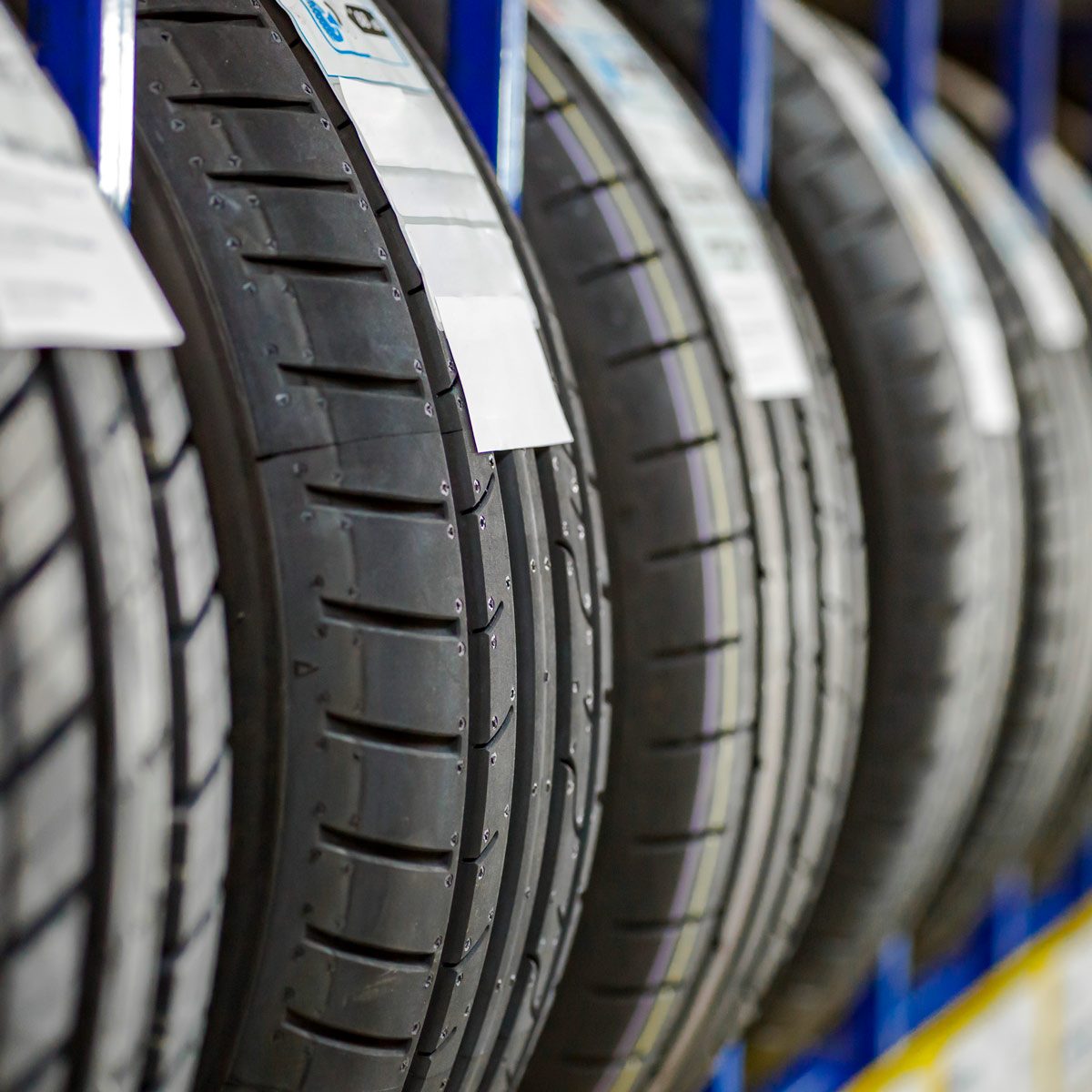Need new tires for your car but not sure how to read tire size? Learn about tire size and other vital specs.

How to Read the Size of a Tire

Reading the Size of a Tire
Like most vehicle parts, tires eventually wear out and need replacement. Wear and tear of the treads reduces traction, and aging rubber makes the tires weaker and more susceptible to going flat. That’s why experts recommend replacing your tires every five or six years, even if the treads aren’t completely worn down.
When the time comes to outfit your car with new tires, it’s crucial to choose the right ones. Your tires need to be the right size and shape to fit onto your vehicle’s wheels and inside its wheel wells, with enough room for the suspension to work properly. Maximizing ease of handling also matters. That’s why size is the first important thing to get right. Then there’s tire type, speed rating and load index.
Sound confusing? Here’s a simple explanation of all important tire information, beginning with size.
Plus, here’s how to change a car tire:
These tips will make changing a tire easier and safer.
Finding Tire Size
Almost all modern tires have size specifications printed on them. Look for a prominent group of letters and numbers molded on your tire’s sidewall, or check your owner’s manual. Sometimes the characters printed on tires are large and painted white for easy visibility. Other times they’re smaller and close to the inside edge of the tire, near the rim. Either way, look for a collection of letters and numbers resembling this: P185/60R14 82H. The specifics will vary, but the pattern is almost always the same.
What Do All Those Numbers and Letters Mean?
Let’s use the tire specs P185/60R14 82H as an example:
- The P stands for “passenger” meaning the tire is intended for passenger vehicles. It might also say LT for “light truck” or T for “temporary spare.”
- The number 185 is the tire’s width in millimeters, from one sidewall to the other.
- The number 60 after the forward slash character means the tire’s height from rim to tread is 60 percent of its width, which again is 185 millimeters.
- R14 means the tire is meant to fit on a 14-in. diameter wheel.
- The R means it’s a radial construction tire, which refers to the direction of the tire’s internal structural cords. These days, radial tires are the industry standard for passenger vehicles.
- The 82H is the tire’s maximal load and speed rating. A tire with a load index of 82 can handle 1047 lbs. maximum. An H speed rating means the tire can sustain driving speeds up to 130 mph before the rubber starts to get damaged.
These charts from Goodyear give the full range of tire load and speed indexes.


















